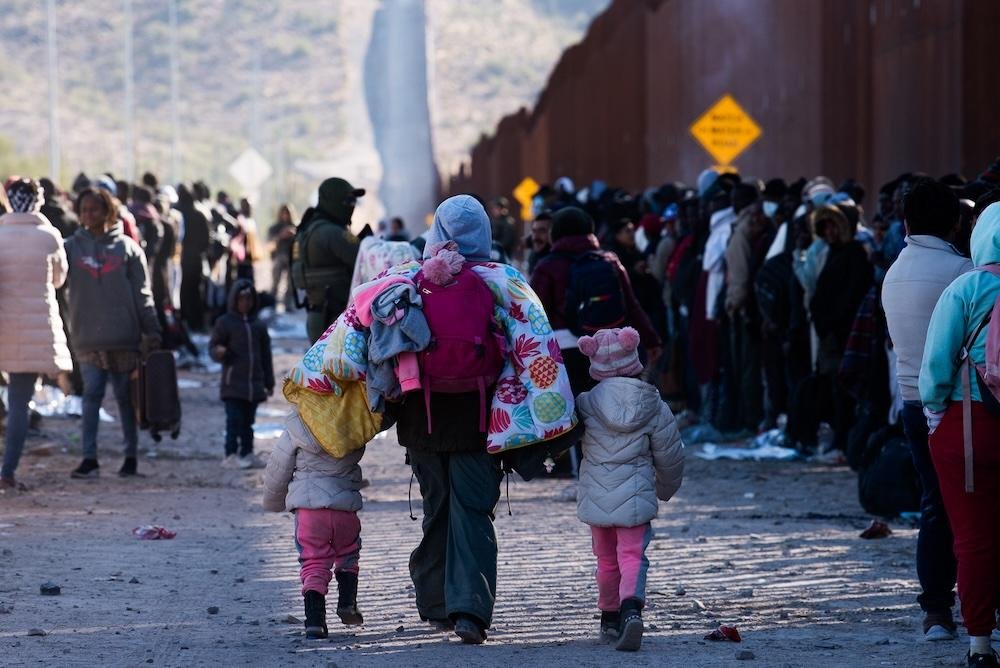border
Immigrant Population Shift: New U.S. Study Unveils Key Trends

The Pew Research Center released new data Monday revealing the first increase in the U.S. unauthorized immigrant population since 2019. The 2024 presidential election fuels renewed discussions on immigration, with former President Donald Trump promising extensive deportations and President Joe Biden restricting asylum-seekers through executive action.
According to Pew, the unauthorized immigrant population grew to 11.0 million in 2022, up from 10.5 million in 2021. This marks the first sustained growth since 2005-2007, following a decline from 2007 to 2019. Despite the increase, the 2022 number remains below the 2007 peak of 12.2 million.
Record-high migrant encounters at U.S. borders and rising asylum applications contributed to this growth. Data from Cuban, Haitian, Nicaraguan, and Venezuelan federal programs were not included in the 2022 estimates, potentially affecting future counts.
The U.S. foreign-born population hit a record 46.1 million in 2022, making up 13.8% of the total population. Most immigrants (77%) were legally present, and 49% were naturalized citizens. Unauthorized immigrants comprised 3.3% of the entire U.S. population.
In 2022, about 4 million unauthorized immigrants were from Mexico, the lowest number since the 1990s, representing 37% of the unauthorized immigrant population. Migration trends from Mexico have declined due to return migration and expanded legal pathways.
El Salvador, India, Guatemala, and Honduras followed Mexico in unauthorized immigrant populations. From 2019 to 2022, states like Florida, Maryland, Massachusetts, New Jersey, New York, and Texas saw increases in unauthorized immigrant populations. Conversely, California experienced a decrease but still held the largest number overall.
Pew noted that unauthorized immigrants made up 4.8% of the U.S. workforce in 2022, a rise from previous years but below the 2007 peak. Since the 1965 Immigration and Nationality Act, over 70 million immigrants have arrived, mainly from Latin America and Asia, significantly diversifying state immigrant populations.
Globally, countries like Brazil, Canada, Colombia, Ecuador, India, and those forming the former Soviet Union have also seen increases in unauthorized immigrants from 2019 to 2022.


















